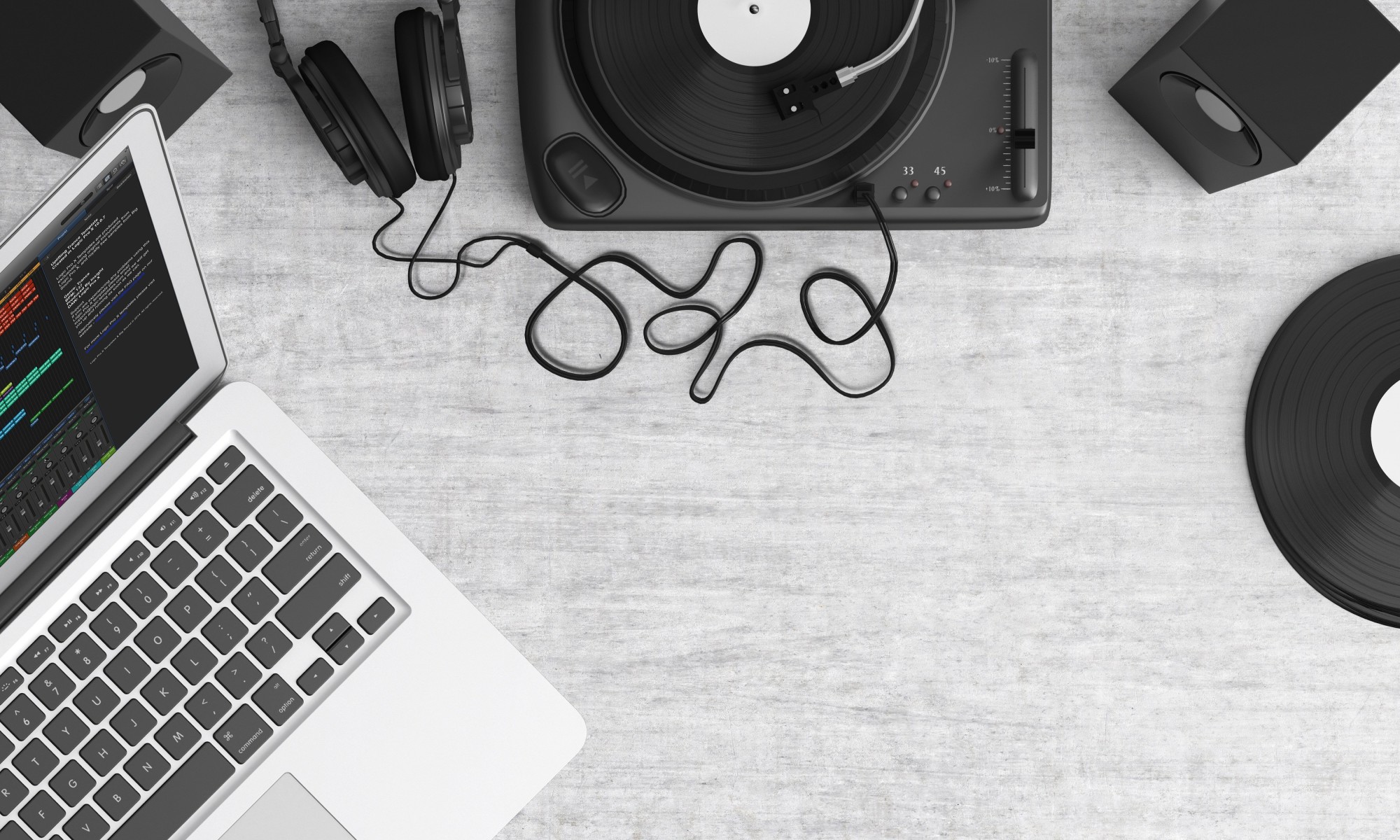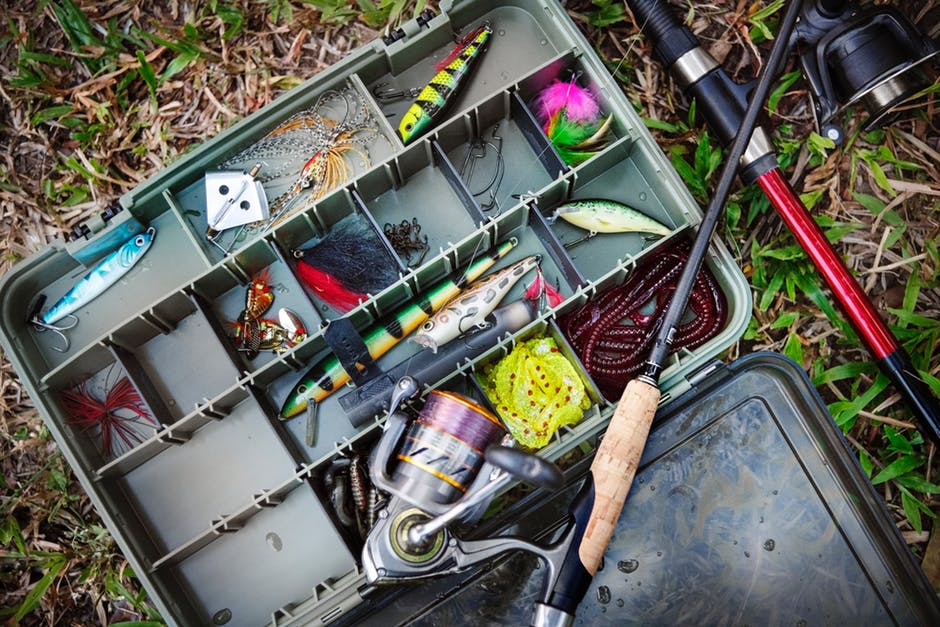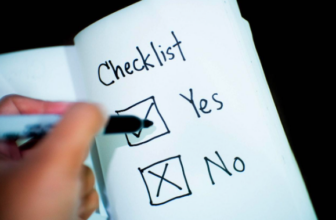
Have you ever wanted to record your own music?
Recording your own music is a rewarding experience. It can be done at home with the right equipment and know-how. This article will teach you how to record music at home so that you can find freedom in art.
You’ll learn how to record your own music by becoming familiar with the recording process, purchasing equipment, and recording the final product.
Read this blog post now!
Start By Choosing the Right Room
The best room in your house for recording music is one that has little or no echo. A bedroom or closet are good choices, but make sure the door can be closed to eliminate any sound from the hallway.
If you don’t have a choice, try to find a corner of the room where two walls meet to create less echo. So many people have started their music careers in the bedroom that bedroom pop is a thing now.
Control the Environment
If you’re not able to choose the room for your recording session, or if you’re experiencing too much echo, consider using acoustic panels or soundproofing materials to help reduce reflections and echoes. You can buy acoustic panels and soundproofing material at most music stores or online.
Ensure you’re not too close to a radiator, window, or other sound-reflecting surfaces. If outside noise is a problem, try to find a quiet place to record or use some noise-canceling microphone or sound treatment.
Use the Right Microphone for Your Needs
If you like to play drums, buy an overhead microphone. If you want to record vocals, get a large-diaphragm condenser mic. It’ll be able to capture higher frequencies and give your voice the needed clarity and depth to sound great on any playback device.
There are plenty of microphones available out there, and you just have to search for the right one according to your needs.
Get a Good Pair of Headphones or Speakers
When you record music at home, you need the right music equipment, and headphones are quite essential. They are extremely important since you are likely to hear mistakes that otherwise might have gone unnoticed.
If using headphones, make sure they’re closed-back or closed. Open-back headphones bleed sound, which could ruin the recording if the microphone is close to your ear.
Use an Analogue Mixer
A good analog mixer is by far one of the best equipment you could have when producing music. It’ll provide better control over each individual channel. It can provide more headroom (less chance for clipping), less noise (hum), and lower latency (delay).
It’ll have much better monitoring capabilities when compared to a computer’s sound card or internal audio interface. This helps you reassign different elements in the mix and make better-informed decisions while recording.
Always Record to a Lossless Format
Lossy formats like MP3s will save space on your hard drive but will ALSO degrade the sound quality significantly. Especially with complex musical material.
If you want to make sure the recorded material sounds great later on down the road, record it in a lossless format. Get a quality music recorder such as Multitrack HQ.
How to Record Music at Home: A Guide
Are you wondering how to record music at home? This short guide highlights everything you need and how to go about it. Follow these steps to gain insight, then check out our blog for more informative guides!





